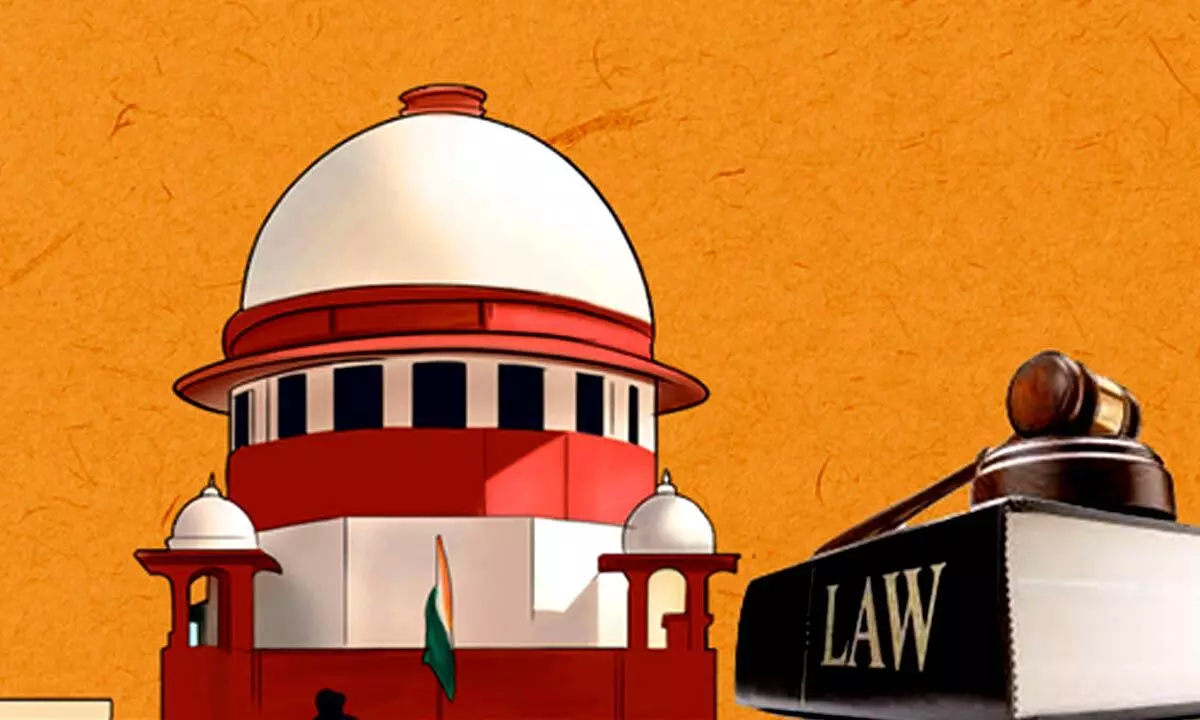Adani-Hindenburg row: SC's no to SIT probe, says media reports not conclusive proof
Share :

The Supreme Court on Wednesday refused to form any SIT or group of experts to conduct an investigation into the Adani-Hindenburg controversy saying that the media and third party reports were not conclusive proof
New Delhi: The Supreme Court on Wednesday refused to form any SIT or group of experts to conduct an investigation into the Adani-Hindenburg controversy saying that the media and third party reports were not conclusive proof.
“SEBI should take its investigation to its logical conclusion in accordance with law. The facts of this case do not warrant a transfer of investigation from SEBI,” held a bench presided over by CJI D.Y. Chandrachud.
Taking note of the submission made by Solicitor General Tushar Mehta that 22 out of 24 investigations relating to allegations against Adani group of companies have already been finalised, the bench, also comprising Justices J.B. Pardiwala and Manoj Misra, asked the market regulator to complete the pending two investigations “expeditiously within a period of three months”.
The top court said that reports prepared by third party organisations such as the Organized Crime and Corruption Reporting Project (OCCRP) and Hindenburg Research cannot be regarded as “conclusive proof”.
It added: “The allegations of conflict of interest against members of the (court-appointed) expert committee are unsubstantiated and are rejected.”
The Supreme Court asked the Central government to constructively consider the suggestions made by the expert panel headed by former apex court judge Justice A.M. Sapre.
“The Government of India and SEBI will take any further actions as are necessary to strengthen the regulatory framework to protect investors and ensure the orderly functioning of the securities market,” it said.
The apex court asked SEBI and other investigative agencies of the Union government to probe into allegations of short selling resulting in loss of investors value.



















